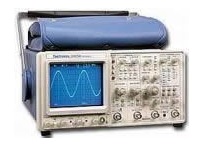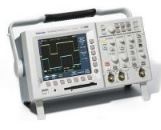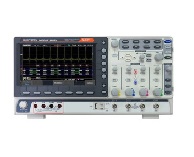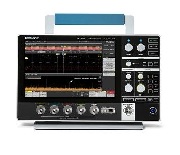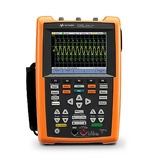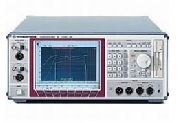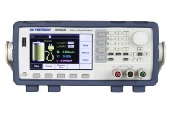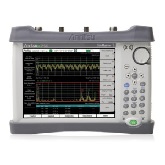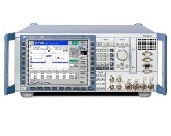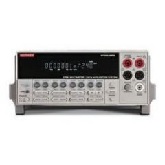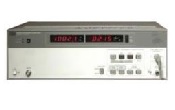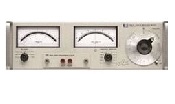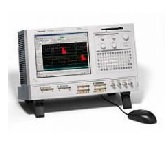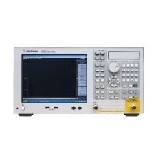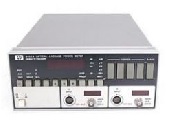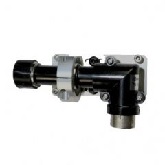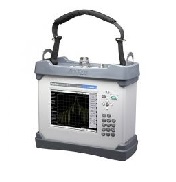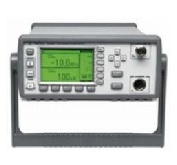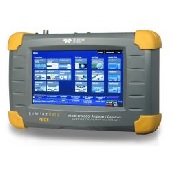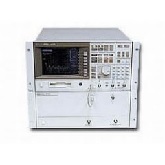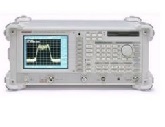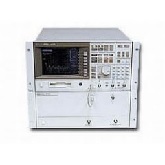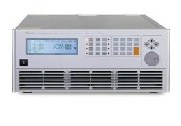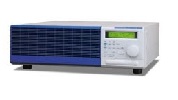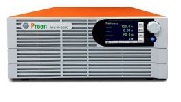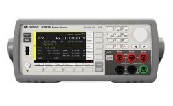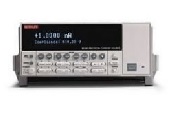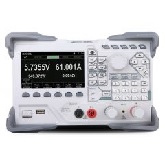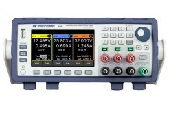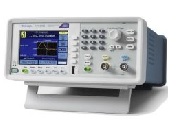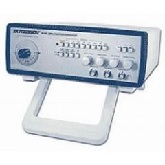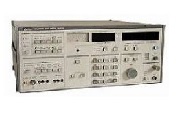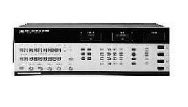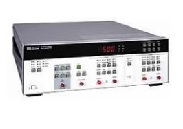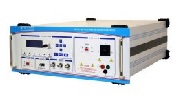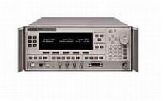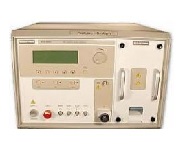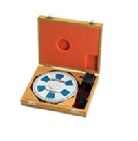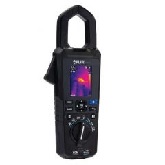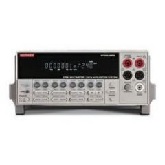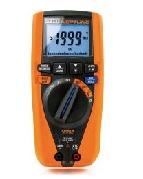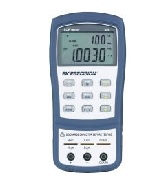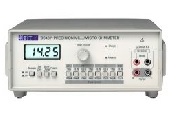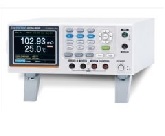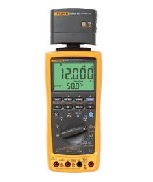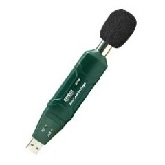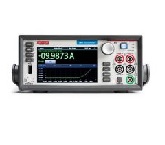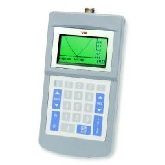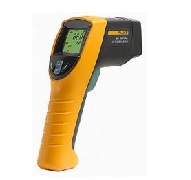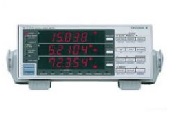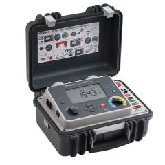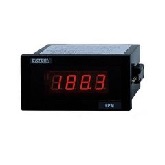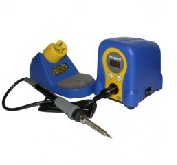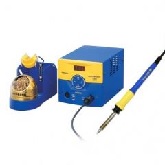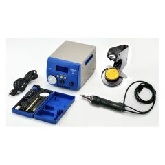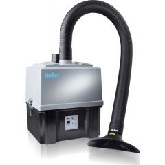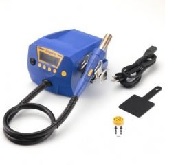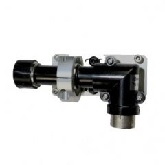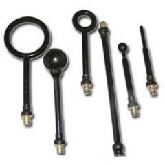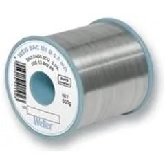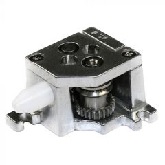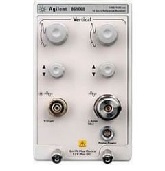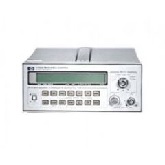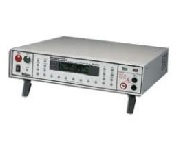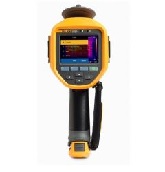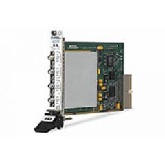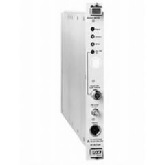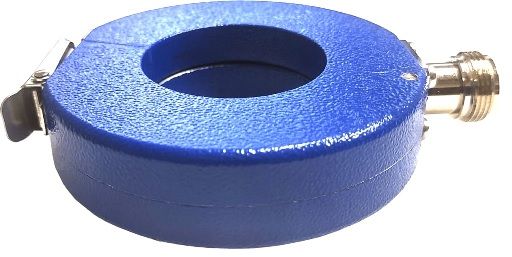CLCE-438 Com-Power Probe
Features:
- Frequency Range: 9 kHz to 400 MHz
- Suitable for CISPR, Mil-Std 461 & DO-160
- Individual calibration
- Three-year warranty
- Transfer impedance (ZtO): 5O
- Transfer impedance (dBO): -40 to 15 dBO (typical)*
- Max Primary Current (DC-60 Hz): 50 Amps
- Max Primary Current (400 Hz): 30 Amps
- Max Primary Current (RF): 3 Amps
- Pulse (8/20 µs): 800 Amps
The CLCE-438 RF Current Probe is part of Com-Power's extensive line of radio frequency conducted emission/ immunity test equipment and calibration accessories.
The CLCE-438 is suitable for compliance measurements required by CISPR 22, CISPR 32, DO-160, Mil Std 461, etc, as well as for applied current monitoring during conducted immunity tests.
Its design incorporates a split-core ferrite in a rugged, circular hinged enclosure; thereby allowing the probe to be opened on one side in order to easily place the wire, cable(s), or cable bundle(s) to be tested into the probe window, making the CLCE-438 much more convenient to use than other non-split core probes.
The CLCE-438 is designed to be used in conjunction with a spectrum analyzer or EMI receiver or any 50? impedance measurement equipment, which measures magnitude quantities in terms of true RMS voltage.
The Transfer Impedance conversion factor, defined as the ratio of secondary voltage to the primary current, is usually expressed in terms of dB over 1?, It is used to convert the voltage quantity into a current quantity, expressed in terms of dB over 1 uA.
The conversion factor may also be derived from the Transfer Admittance value, expressed in terms of dB over 1 S.
Application
In general, RF current probes are employed to monitor, or measure, the asymmetrical disturbance RF currents on a wire, cable, or cable bundle without making direct conductive contact with the source conductor. The current is measured inductively by clamping the probe around the conductor(s) to be tested. No actual contact is made with the conductor(s), and the insulation is left in place. Essentially, a current probe is a torroidal transformer where the conductor(s) acts as a single turn primary and the probe as a multiple turn secondary.
Current Probe Calibration Fixture
Current probes are calibrated through the use of a calibration fixture which provides a 50? coaxial-type transmission line arrangement. The fixture allows the probe to be clamped around the center conductor, while the outer conductor encapsulates the probe on four sides so that the transmission line characteristics are not compromised. See the calibration fixture picture on the following page.
FCLCE-438 Calibration Fixture (optional) is specifically designed to provide a nominal 50? transmission line for the CLCE-438. The fixture is required for calibration of the Transfer impedance, insertion loss & VSWR parameters.
Calibration
Individual NIST traceable calibration is performed on each unit, and the data is provided along with a certificate of calibration.
ISO 17025 accredited calibration is available for an additional charge.
| Manufacturer | Com-Power |
|---|---|
| Condition | New |


